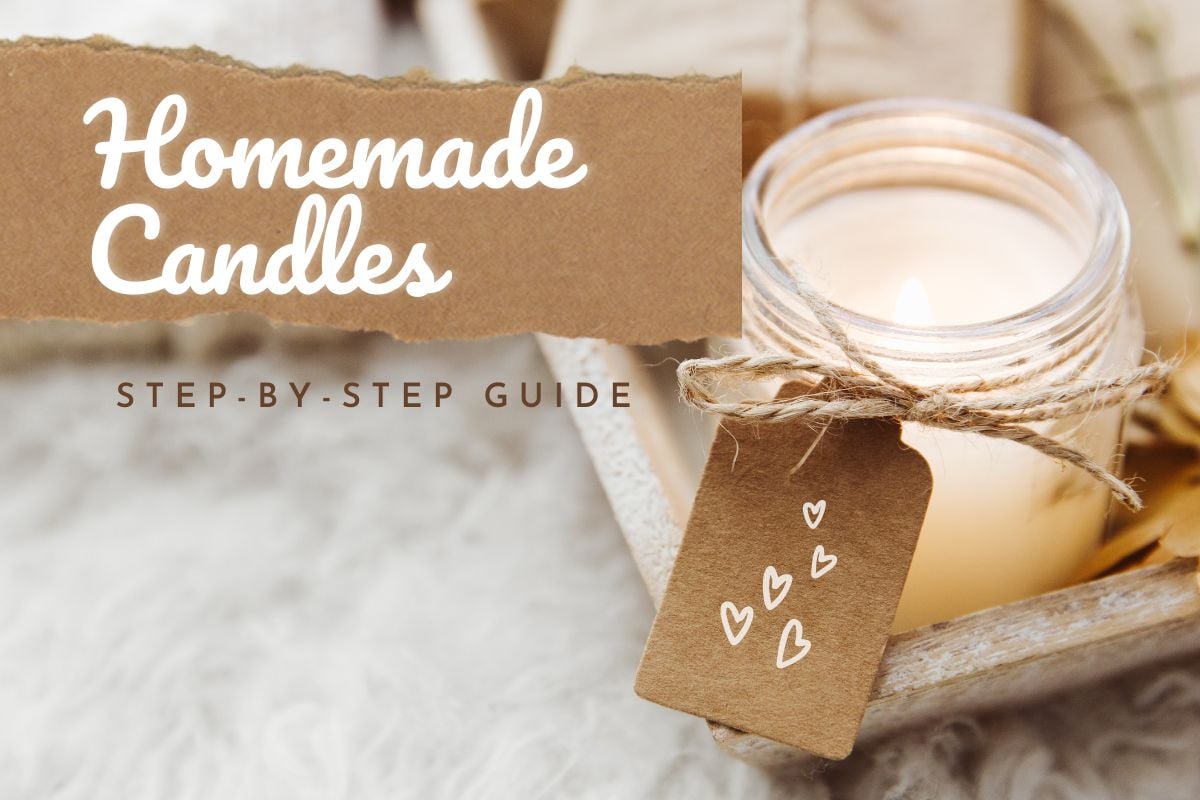Industrial piercings have become increasingly popular in recent years, serving as a bold and stylish form of self-expression. In this comprehensive guide, we will delve into the world of industrial piercings, covering everything you need to know about the procedure, pain level, healing process, proper aftercare, and the latest trends in industrial piercing jewelry. Whether you’re considering getting an industrial piercing or simply curious about this trend, read on to discover all the essential information.
Table of Contents
Industrial Piercing Procedure
The industrial piercing procedure involves the placement of a long, straight barbell through the upper ear cartilage, typically connecting two perforations. A professional piercer will carefully mark the entry and exit points before using a sterilized needle to create the holes. The barbell is then inserted, and the ends are secured with screw-on or threaded ball closures. It’s crucial to have the piercing done by an experienced piercer to ensure accurate placement and minimize the risk of complications.

Piercing-Barbell. Photo by Tim Bartel
Pain Level and Healing Process
The pain experienced during an industrial piercing can vary from person to person. Some individuals report minimal discomfort, while others may feel more intense sensations due to the cartilage being pierced. However, the pain is generally brief and manageable. The healing process for an industrial piercing typically takes around 6 to 12 months. During this time, it’s important to follow proper aftercare practices to promote healing and prevent infection.
Industrial Piercing Aftercare
Proper aftercare is crucial for the successful healing of an industrial piercing. Here are some essential tips to keep in mind:
- Cleanliness: Clean the piercing twice a day using a saline solution or a mild, fragrance-free soap. Gently rotate the jewelry while cleaning to prevent it from sticking.
- Avoid Touching: Refrain from touching the piercing with dirty hands to minimize the risk of infection.
- Avoid Irritants: Keep hairspray, shampoo, and other hair products away from the piercing area. Avoid swimming in pools, hot tubs, or bodies of water during the healing period.
- Be Mindful of Clothing and Accessories: Avoid wearing tight-fitting hats, headphones, or any items that may put pressure on the piercing.
- Patience is Key: Remember that healing times can vary for each individual. Be patient and avoid changing or removing the jewelry prematurely.
Saline Solutions For Cleaning Piercings
When it comes to caring for your piercings, using the right products is crucial. Here are some products which help keep your piercings clean, promote healing, and prevent infection. It’s important to note that specific product choices may vary based on individual preferences and the guidance of your piercer. Here are a few commonly recommended options for cleaning piercings:
Saline Solution
Sterile Saline Solution: Look for sterile saline solution specifically designed for wound care or piercing aftercare. You can find it in pharmacies or online. Ensure that it is preservative-free and contains only sodium chloride (0.9%) and water.
NeilMed NeilCleanse Wound Wash Piercing Aftercare: This is a popular saline solution specifically formulated for wound care, including piercings. It comes in a convenient spray bottle, making it easy to apply.
What do we like
- Convenience: The product comes in a spray bottle, which many users find convenient and easy to use for cleaning their piercings. The spray format allows for precise application without the need for cotton swabs or other tools.
- Gentle and Effective: Users often appreciate that the solution is gentle on their piercings while still being effective in promoting cleanliness and aiding the healing process. It is formulated to provide a gentle cleansing action without causing excessive dryness or irritation.
Mild Soaps
Dr. Bronner’s Pure-Castile Liquid Soap: This soap is commonly recommended for piercing aftercare. Dilute it with water to less than 50% before use. Remember to rinse the piercing thoroughly to remove any soapy residue.
What do we like
- Natural and Organic: Users often appreciate that Dr. Bronner’s Pure-Castile Liquid Soap is made with natural and organic ingredients. The tea tree variant contains tea tree oil, which is known for its antibacterial and antiseptic properties. Users who prefer natural and eco-friendly products may be drawn to this soap.
- Versatility: Dr. Bronner’s Pure-Castile Liquid Soap is known for its versatility, as it can be used for various purposes beyond piercing aftercare. Users often find it convenient to have a multi-purpose product that can be used for cleaning piercings, as well as for other personal care needs such as hand washing, body cleansing, and even household cleaning.
Provon Antimicrobial Lotion Soap: This soap is often used in healthcare settings and can be suitable for piercing aftercare. It is available in a mild formula that is gentle on the skin and can help maintain cleanliness.
Remember to follow the instructions provided with the product and consult your piercer for their specific recommendations. They may have preferred brands or variations based on their experience and knowledge. Additionally, it’s important to perform a patch test on a small area of the skin to check for any adverse reactions before applying any product to the piercing.
Read more: How to Treat an Infected Ear Piercing at Home?
Industrial Piercing Jewelry
Best Materials For Industrial Piercing Jewelry
When choosing jewelry for an industrial piercing, it’s important to select materials that are safe, hypoallergenic, and suitable for long-term wear. Here are some commonly recommended jewelry materials for industrial piercings:
- Surgical Stainless Steel: Surgical stainless steel, specifically implant-grade stainless steel (316LVM or 316L), is a popular choice for body jewelry. It is durable, resistant to corrosion, and generally well-tolerated by most people. Ensure that the stainless steel used is of high quality and meets industry standards to minimize the risk of sensitivities or reactions.
- Titanium: Titanium is a lightweight, biocompatible, and hypoallergenic material commonly used in body jewelry. It is highly resistant to corrosion and is often recommended for individuals with metal sensitivities or allergies. Look for jewelry made from implant-grade titanium (such as ASTM F136 or ASTM F67) for the best quality and safety.
- Niobium: Niobium is another hypoallergenic metal suitable for body jewelry, particularly for individuals with sensitivities to other metals. It is lightweight, corrosion-resistant, and available in various colors through anodization.
- Gold: High-quality, nickel-free gold (such as 14k or 18k) can be an option for industrial piercings. It is essential to ensure that the gold used is free from nickel or other potential allergens. Keep in mind that gold is a softer metal and may require extra care to prevent bending or damage.
- Bioplast or PTFE: Bioplast and PTFE (Polytetrafluoroethylene) are flexible, biocompatible materials often used in body jewelry. They are suitable for initial healing periods as they reduce pressure and allow for some movement during the healing process. However, they are not typically recommended for long-term wear and are better suited as temporary options.
It’s crucial to consult with your professional piercer for their specific recommendations based on your individual needs, anatomy, and any sensitivities or allergies you may have. They can provide guidance on the best jewelry materials for your industrial piercing and ensure your safety and comfort.
Latest trend
The industrial piercing, traditionally associated with punk styles, is now gaining mainstream popularity alongside other cartilage piercings. As a result, it is transitioning from being perceived as edgy to being seen as a cute and unique addition to any cartilage party.
Minimalist Designs
View this post on Instagram
Minimalist jewelry is a growing trend across various piercing types, including industrials. Simple barbells with sleek, clean lines and minimal embellishments are favored by those who prefer a more understated look.
Geometric Shapes
Jewelry featuring geometric shapes, such as triangles, squares, or hexagons, has gained popularity in industrial piercings. These designs add a modern and stylish touch to the piercing.
View this post on Instagram
Curved Barbells
While straight barbells are a classic choice for industrial piercings, curved barbells are becoming increasingly popular. The curvature of the barbell can complement the ear’s natural shape and create a unique aesthetic.
Dangling or Chain Jewelry
Adding a dangling element or chain to the industrial piercing can create a more eye-catching and dynamic look. These types of jewelry can feature charms, gemstones, or intricate designs that hang between the two piercing holes.
View this post on Instagram
Unique Materials and Finishes
Beyond traditional metals, industrial piercing jewelry now comes in a variety of materials and finishes. Options include rose gold, black steel, opal accents, and even materials like wood or acrylic. These alternative materials provide a wider range of choices for personal expression.
View this post on Instagram
Industrial piercings are a trendy and fashionable way to showcase your unique style and personality. Understanding the procedure, pain level, healing process, and aftercare is essential for a successful and comfortable experience. With the latest jewelry trends, you can further personalize your industrial piercing and make a bold statement. Remember to consult with a professional piercer to ensure a safe and enjoyable journey into the world of industrial piercings.
Related readings:
Ear Piercing Guide – All You Need to Know Before Getting Ear Pierced
What Do You Need to Do When You Decide to Get Ear Piercing?



